Orchids under artificial lighting
Sath Ramesh
16 years ago
Related Stories
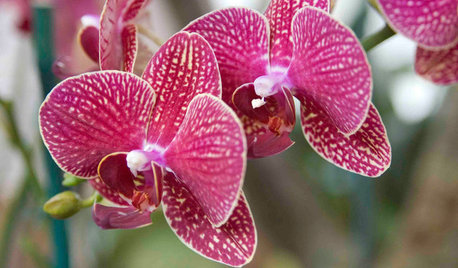
HOUSEPLANTSOrchids 101: How to Keep Your Moth Orchids Alive and Blooming
Growing Phalaenopsis — and getting it to flower again — is easier than you might think
Full Story
HOUSEPLANTSHow to Grow Orchids Indoors
Orchids are the exotic aristocrats of the flower world and can make themselves comfortable in almost any home
Full Story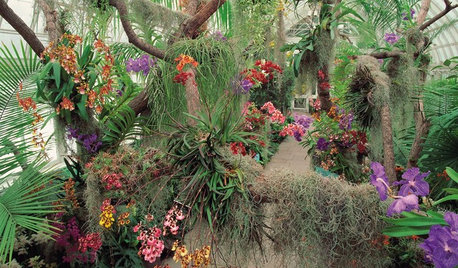
FLOWERSSee the Amazing Orchids Unfolding at a New York Garden Show
Get an eyeful of awe-inspiring orchids in incredible colors and learn how to keep one happily blooming at home
Full Story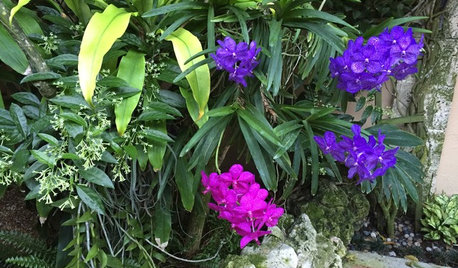
INSPIRING GARDENSThe Garden That Orchids Built
The owners of a famous orchid nursery create a sanctuary for themselves in South Florida
Full Story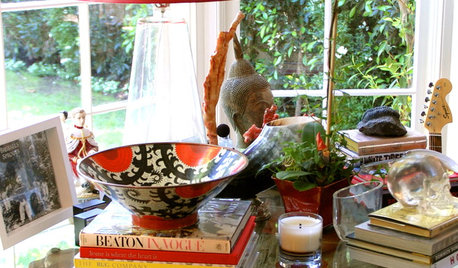
DECORATING GUIDESIndoor Gardener: Orchids Bring Beauty to Decor
Beautifully blooming orchids add elegance and grace to entryways, bathrooms and decorative vignettes
Full Story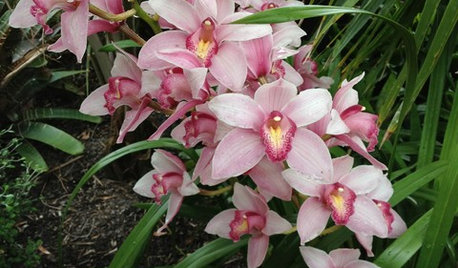
FLOWERSOrchids 101: Cymbidiums Add Beauty Indoors and Out
Their large, long-lasting flowers give them a place of honor in homes and gardens
Full Story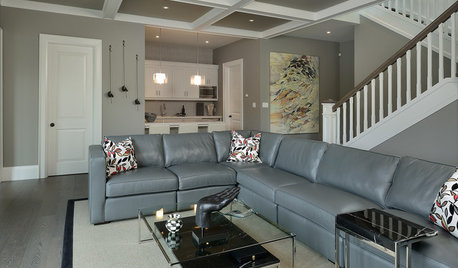
COLORWant Gorgeous Interior Colors? Look to the Light
See how to manipulate natural and artificial light — and learn about those baffling new bulbs — to get the exact room colors you want
Full Story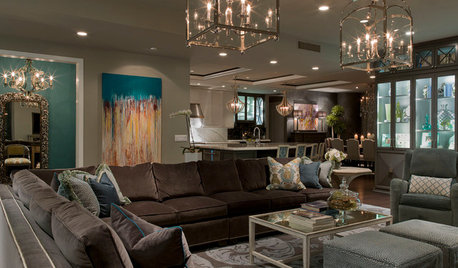
LIGHTING8 Ways to Get Ambient Lighting Just Right
See clearly, boost energy and create the mood you want with these tips for harnessing natural and artificial light
Full Story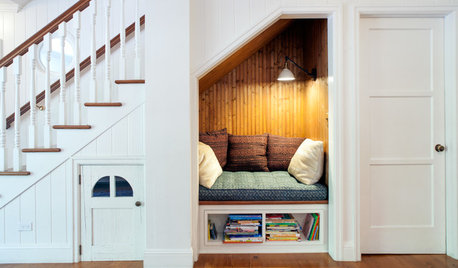
DECORATING GUIDES8 Clever Ideas for the Space Under the Stairs
This small area can be an ideal spot for a reading nook, playspace, mini office and more
Full Story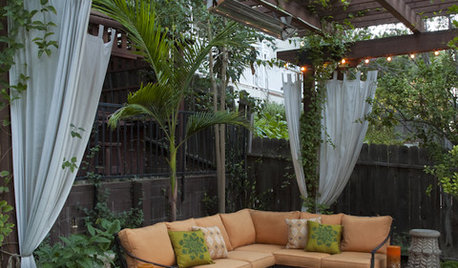
GARDENING AND LANDSCAPINGChill Out: 10 Cool Ways to Beat the Heat Outdoors
Step away from the A/C's artificial blast — and treat yourself to these more natural cool-down methods in the great outdoors
Full Story







wetfeet101b
jamcm
Related Professionals
Chattanooga Landscape Architects & Landscape Designers · Eden Prairie Landscape Architects & Landscape Designers · North New Hyde Park Landscape Architects & Landscape Designers · Berwyn Landscape Contractors · Conroe Landscape Contractors · Mount Kisco Landscape Contractors · Pompano Beach Landscape Contractors · South Lake Tahoe Landscape Contractors · Wareham Landscape Contractors · Lauderdale Lakes Landscape Contractors · Cape Girardeau General Contractors · Enumclaw General Contractors · Franklin General Contractors · Lakewood General Contractors · Waxahachie General Contractorsmayres
mrbreeze
howard_a
me_171
mrbreeze
westoh Z6
me_171
westoh Z6
westoh Z6